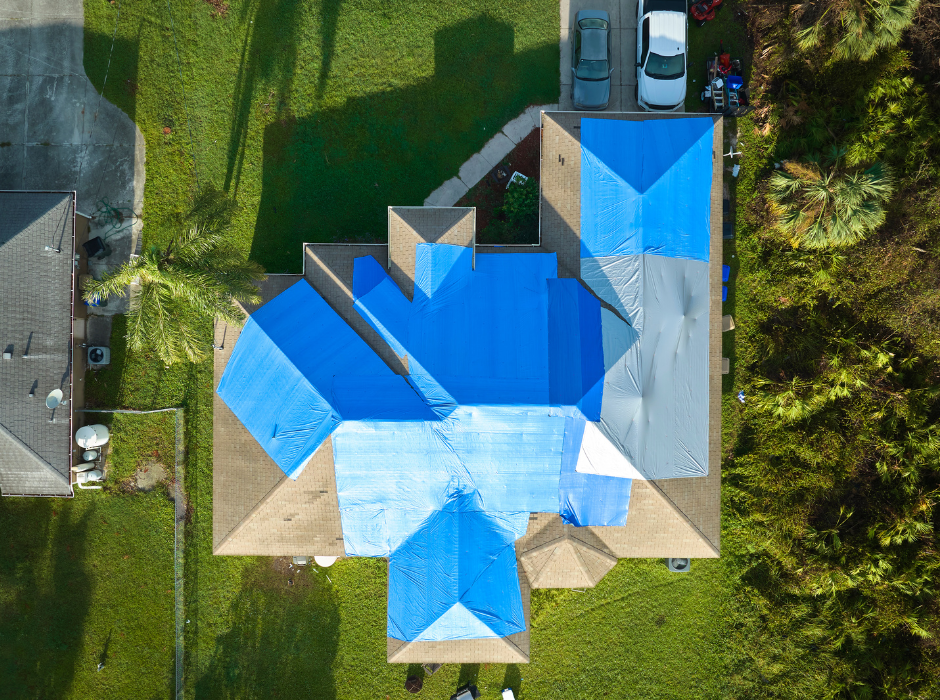- 0 Comment
Roof Repair or Replacement: The Right Time to Act
Your roof is one of the most important parts of your home. It protects your family, belongings, and the structure of your house from the elements. But when is the best time to fix or replace your roof? Timing matters more than you might think. From weather considerations to material performance, let’s dive into the ideal times for roofing projects and how to plan ahead.
Why Timing Is Crucial for Roofing Projects
The timing of a roofing project isn’t just about convenience—it can significantly impact the quality, cost, and longevity of your roof. For example, installing shingles during excessively hot or rainy weather can lead to improper sealing or delays. By choosing the right time, you can ensure the best results and a smoother process.
The Best Time of Year for Roofing: Dry Season Advantage
Florida’s Dry Season (Late Fall to Early Spring)
For Floridians, the dry season from November to April is the ideal window for roofing projects. Why?
- Minimal Rain: Rainy conditions can halt work and compromise material adhesion. Dry weather allows for uninterrupted progress.
- Comfortable Temperatures: Florida’s cool months make working conditions safer and more comfortable for roofing crews.
- Hurricane Preparation: Tackling roof repairs or replacements before hurricane season (June to November) ensures your home is storm-ready.
Example:
Imagine scheduling a roof replacement in July. Sudden downpours could cause delays, leaving your home partially exposed. By contrast, scheduling in February means a smoother process and peace of mind.
Benefits of Early Planning
Avoid Peak Demand
Roofers are often busiest during and immediately after hurricane season, when emergency repairs and replacements are in high demand. By scheduling your project during the dry season, you’ll avoid the rush and benefit from more flexible scheduling options. Contractors can focus more attention on your project, and you’re less likely to experience delays. Additionally, high demand often drives up costs. Planning ahead allows you to lock in better pricing and avoid paying a premium for urgent work.
Better Material Performance
Certain roofing materials, like asphalt shingles, require specific temperature ranges to seal properly. Installing them during mild weather ensures maximum durability and longevity. For instance, shingles installed in extreme heat may soften and become more difficult to handle, while cold weather can cause them to crack or fail to adhere properly. The moderate temperatures of the dry season allow materials to perform as intended, resulting in a roof that stands up better to Florida’s unique climate challenges, including heavy rains and high winds.
Peace of Mind
Early planning also gives you the time to carefully choose the right contractor and materials without the pressure of an emergency situation. You can research, compare quotes, and work with a roofer who aligns with your needs and budget. This preparation leads to a smoother experience and higher satisfaction with the end result.
Signs It’s Time to Fix or Replace Your Roof
Before diving into the best season, it’s essential to know whether your roof needs attention. Look out for:
- Leaks or Water Damage: Visible leaks or water stains inside your home are red flags.
- Missing or Damaged Shingles: Strong winds and storms can dislodge shingles, leaving your roof vulnerable.
- Sagging Rooflines: Structural sagging often indicates deeper damage.
- Age: Most roofs last 20-25 years. If yours is approaching this age, consider an inspection.
What If You Can’t Wait for the Dry Season?
While the dry season is optimal, emergencies can’t always wait. Here’s what to do:
- Temporary Fixes: For minor damage, temporary patches can hold you over until conditions improve.
- Emergency Repairs: If your roof suffers significant storm damage, prioritize emergency repairs. Many roofing companies, like Proper Roofing, offer 24/7 emergency services to protect your home until a permanent solution can be implemented.

